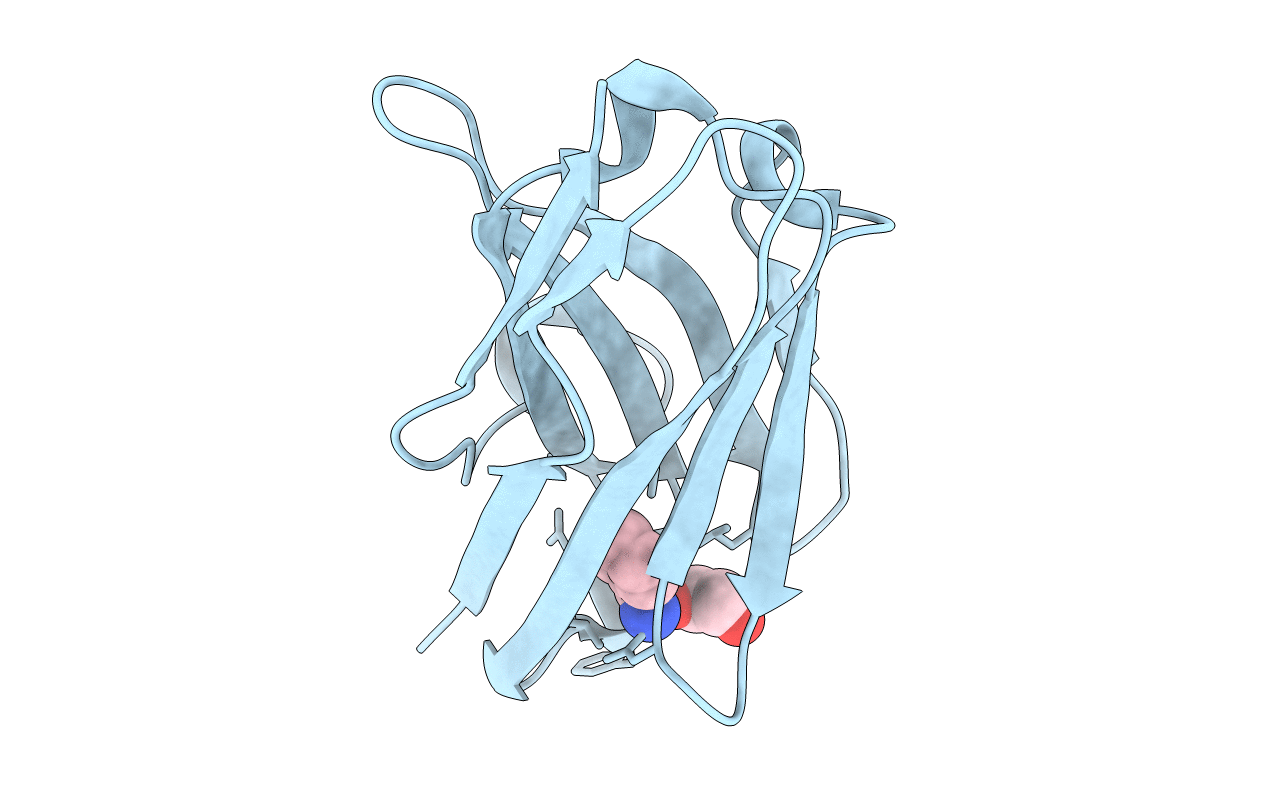
Deposition Date
2011-09-08
Release Date
2012-07-11
Last Version Date
2024-10-30
Entry Detail
PDB ID:
3TPK
Keywords:
Title:
Crystal structure of the oligomer-specific KW1 antibody fragment
Biological Source:
Host Organism:
Method Details:
Experimental Method:
Resolution:
1.30 Å
R-Value Free:
0.17
R-Value Work:
0.14
R-Value Observed:
0.14
Space Group:
P 21 21 21


